CANON EOS R - used for multiple exposures. First thoughts.
by Doug
I had the chance this week to briefly test the brand new Canon EOS R mirrorless camera with the 24-105mm lens (and the EF adaptor along with my EF 70-300mm IS L lens). This was courtesy of my good friend Carl, who had pre-ordered the camera and was prepared to entrust it to me.
My reasons for wanting to try it revolved around the weight saving of a mirrorless body and the advantages of having an electronic viewfinder for multiple exposure photography (EVF). I have been, in the past an advocate of the Fuji mirrorless systems - both the X and GFX medium format body - loving the weight saving and EVF as well as the image quality. However, the lack of a serious multiple exposure mode coupled with having to carry two systems in order to have a proper ME system meant I recently abandoned Fuji for good and dedicated myself to Canon. As someone who travels a great deal I need one system that does all everything and so I currently use the superb 5D mk4 and only have one lens, the 70-300mm L.
Before I go further, some clarification. I am not sponsored by Canon. This review is entirely impartial. I will aim to tell it exactly as it is. It is based on just a couple of hours at most with the camera, using the 24-105mm R lens and barely 15 minutes with my 70-300mm lens and the EF adaptor. All of this time I was working in multiple exposure mode, so please don't expect a review of using the camera for classic photography.
I would also add that I am not interested in this camera for shooting video. I may shoot some, but I am an art photographer and this review is written from that perspective. I am sure other reviews will guide you if you have interests in serious video work.
Now that is dealt with let us get down to the nitty gritty. My first impressions about the camera. The build quality is excellent, as you would expect from Canon. I have big hands but ergonomically it is very comfortable in the hand. The balance is good and I liked the shaped grip. I work with one hand a lot of the time and this suited me well. I was surprised at how light it felt, even with the quality lens fitted. The EF adaptor is ridiculously light - this is because it is, in effect, just an extension tube. There is no glass in it. It just moves the EF lenses further away from the sensor and links up the electronics. So all of the lens functions still work as normal and everything still works in the EVF - you notice no difference in operating the camera. Even with a big lens like the 70-300mm attached it felt well balanced and lighter, obviously, than my 5D mk4. The weight saving is not huge but it is noticeable but it is also physically smaller so when travelling it takes up less bag space and it is less obtrusive in the hand, attracting less attention.
Yes, using your L EF glass brings the weight right up, but you have the quality of the glass and it will be lighter than your DSLR. For some of you the weight saving while using your DSLR lenses will not be enough - but the R lenses are L glass quality and lighter. Canon will widen the range quite rapidly. I am happy to use the 24-105 for now along with my L 70-300 and the adaptor and cope with the weight - while benefitting from the physical size decrease (and it is lighter - noticeably so) while I wait for a lighter 70-300 R lens to be released.You will need to decide for yourself what you can cope with.
The 24-105mm lens was superb - the optics were brilliant as you would expect from Canon L glass. The image stabilisation was faultless as was the auto focus. Don't ask me about frames per second and whether this would be a good camera for shooting wildlife on the Serengeti - that is above my pay grade. I am sure other blogs will help you with those questions.
What does the EOS R have to offer us as respects multiple exposure modes? This was a question we were really interested in. The answer is, it has all of the modes and functions of the 5D mk's 3 and 4 (and other fully featured Canon DSLR's). You will not lose anything by switching. But will you gain anything? The answer, I feel, is 'yes', which is why I would like to move to the 'R' myself.
Firstly, I want the size and weight saving. I am a traveller and I am always looking for savings in this area as long as functionality is not compromised. The EOS R gives me this. It has the same 30mp sensor as my current 5D mk4 so image quality is identical. I am guessing the next iteration of the body will have an 'improved' sensor but with this I give a warning. Valda had the 5Dr for some time which has the amazing 50mp sensor. Now, while this produces eye watering quality and huge files it brings with it a big issue to multiple exposure photographers. It becomes painfully slow. Stacking up several 50mp files and blending them in camera takes huge processing power and time. Valda found this really slowed her down in the field and, to an extent stifled her creativity so she switched 'down' to the 5D mk4 and is happier as a result. You may not find this to be an issue but we certainly did - so unless new bodies have significantly more processing power and speed, we would be reluctant to move to them. We have never had an issue as professionals with the 30mp files with our clients and galleries. The 30mp files for us still allow image cropping and manipulation to meet our needs. You need to decide what your needs are.
My final comment is about the another adaptor Canon has issued. It is a very clever piece of kit, sitting between the body and lens into which you can drop either a polariser or a variety-ND filter so that these do not have to be fitted to the front of the lens. For me, this is a revelation. It is such a simple solution, so small and compact and will allow me to do ICM images with such ease. The ND filter goes from 2 to 9 stops - which is absolutely perfect for me. A stroke of genius from Canon and one I will definitely be adding to my kit bag.
So my verdict. For multiple exposure and ICM shooters, I think this camera is a game changer. I see no reason to stay with a DSLR any more. You can keep all of your EF lenses and slowly replace them if you with with R lenses - or not - the choice is yours. I see no real deal breaking disadvantages with the camera. I think if you have any other brand of mirrorless camera such as Fuji and you have a passion for multiple exposure photography, I would seriously consider switching. It is a big thing to do, but I don't think you will be disappointed. This is a seriously good camera that for me and my work ticks all the boxes (just get a second card slot in the next one, please, Canon.... and maybe come up with some more, new, innovative blend modes that we can see being applied live in the viewfinder before we press the shutter - then you really do have something amazing).
I have heard people expressing concerns about the controls on the camera - that there is only one control dial and so on. This is not the case. You have two control wheels so you can change aperture and shutter speed independently (or exposure compensation). The touch screen is a delight (but would be tricky with gloves in cold weather) However everything can be accessed through the quick menu and control buttons (no joystick on this camera) There is a slider bar which I didn't have time to get to grips with.
The tilt screen also swivels - which would be a first for a camera I own. Exciting for me. Little things please me. I am also delighted to see Canon have used the same battery for the 'R' as used in the 5D range. This means all of the spare batteries I have acquired over the years will fit. How good to see a manufacturer doing this when so many use the release of a new model to change the battery shape in order to force us to buy more new batteries at exorbitant prices.
Another innovation which is interesting and useful is the addition of an extra ring on the R lenses. This ring can be programmed in a menu so that you can use it to change shutter speed, ISO or aperture - whichever is most useful to you. I didn't get time to check, but it wouldn't surprise me if you could program it to change something else too, if you prefer, like white balance etc. This may be very handy for working in cold weather or to save you accessing a menu for something you alter frequently.
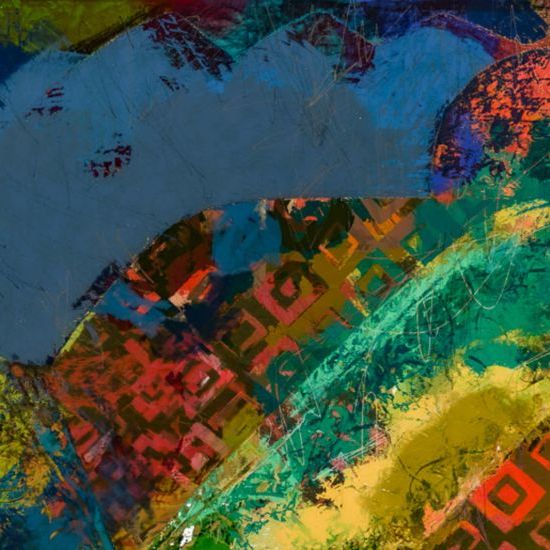
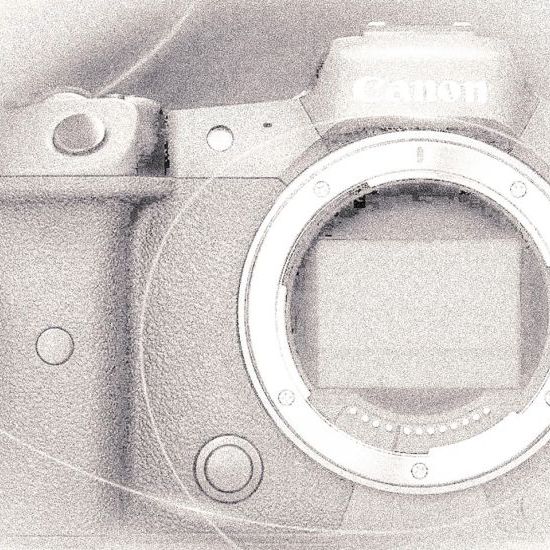

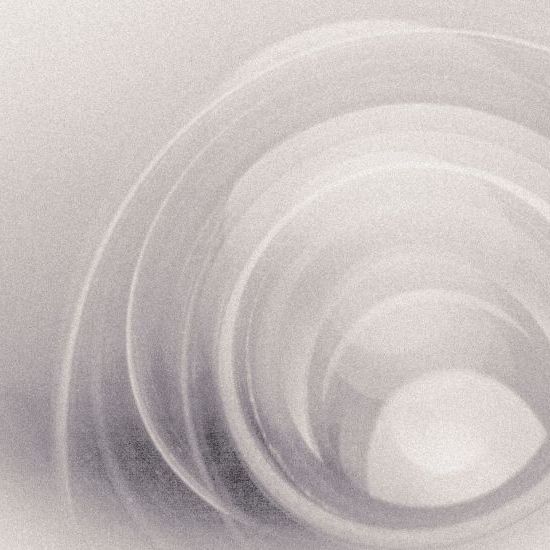
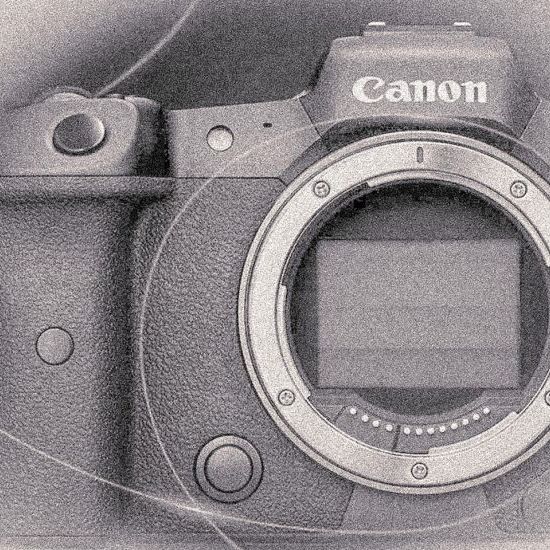
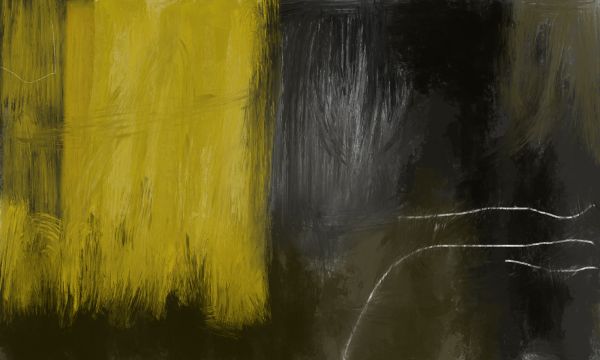
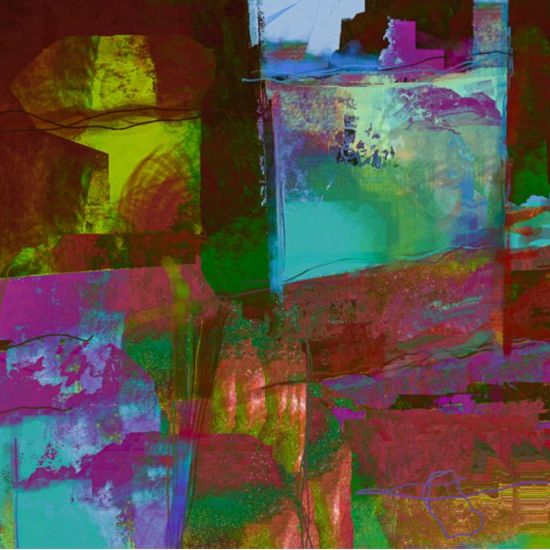
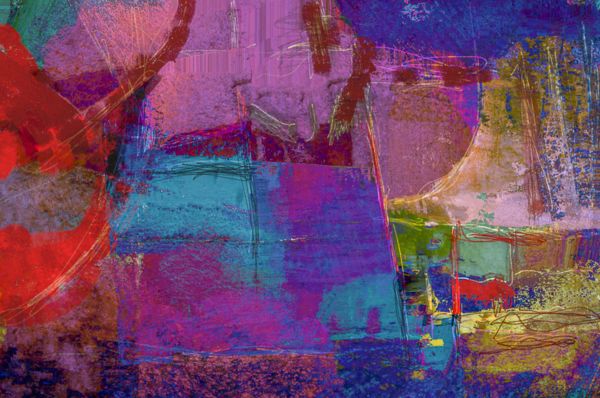
Comments
Leave a Comment
Commenting is not available in this channel entry.